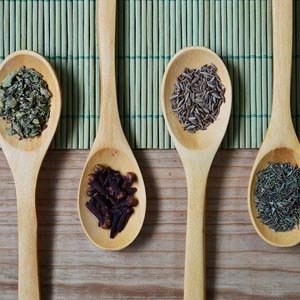Thyme: A natural preservative for seafood

Accepted: 6 February 2022
All claims expressed in this article are solely those of the authors and do not necessarily represent those of their affiliated organizations, or those of the publisher, the editors and the reviewers. Any product that may be evaluated in this article or claim that may be made by its manufacturer is not guaranteed or endorsed by the publisher.
Authors
Nowadays, food preservation for a long time without any change in quality is a global issue. Currently, 25 categories of food additives have been defined. These compounds are used to extend the shelf life of foods by protecting them against microorganisms as well as chemical reactions. Medicinal plants, having proven antimicrobial and antioxidant properties are suitable candidates for this purpose. Among them, thyme with a wide range of bioactive compounds has been extensively studied. This plant belongs to the family Lamiaceae and has a particular situation in traditional medicine. Nowadays, thyme and its derivate present a wide range of functional possibilities in the pharmacy and food industry. This article discusses thyme’s application as a food preservative in the seafood industry.
How to Cite
PAGEPress has chosen to apply the Creative Commons Attribution NonCommercial 4.0 International License (CC BY-NC 4.0) to all manuscripts to be published.
Similar Articles
- Dr. Dronesh Chettri, The emergence of Monkeypox Virus: its complications, connection with smallpox and its future aspects - a short review , Infectious Diseases and Herbal Medicine: Vol. 5 (2024)
You may also start an advanced similarity search for this article.

 https://doi.org/10.4081/idhm.2022.191
https://doi.org/10.4081/idhm.2022.191



